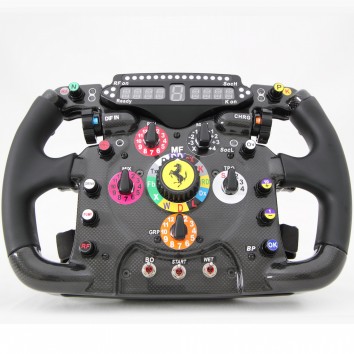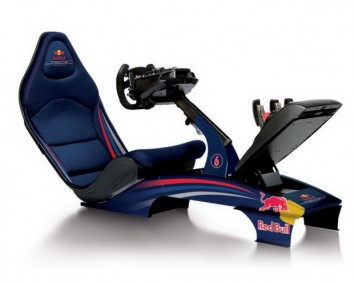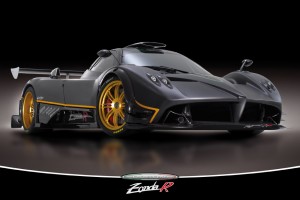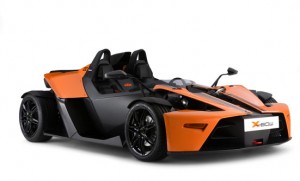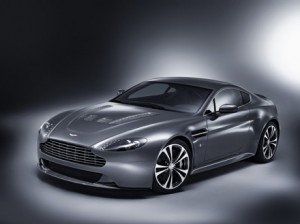Different people have different reasons for driving. Some people enjoy the freedom. Other people need to get to work. Some use their vehicles to hit the road and go on vacation. Other factors of value that people put on cars include whether they want to buy a new car or are looking to buy a used car somewhere local to them.
Regardless of all of these circumstances though, there are a number of gadgets that can improve the experience and often overall safety of your driving experience. Five of them are included below, and are topics regarding backup mirrors and sensors, airbags, video screens, onboard Wi-FI, and climate control. [Read more…]

